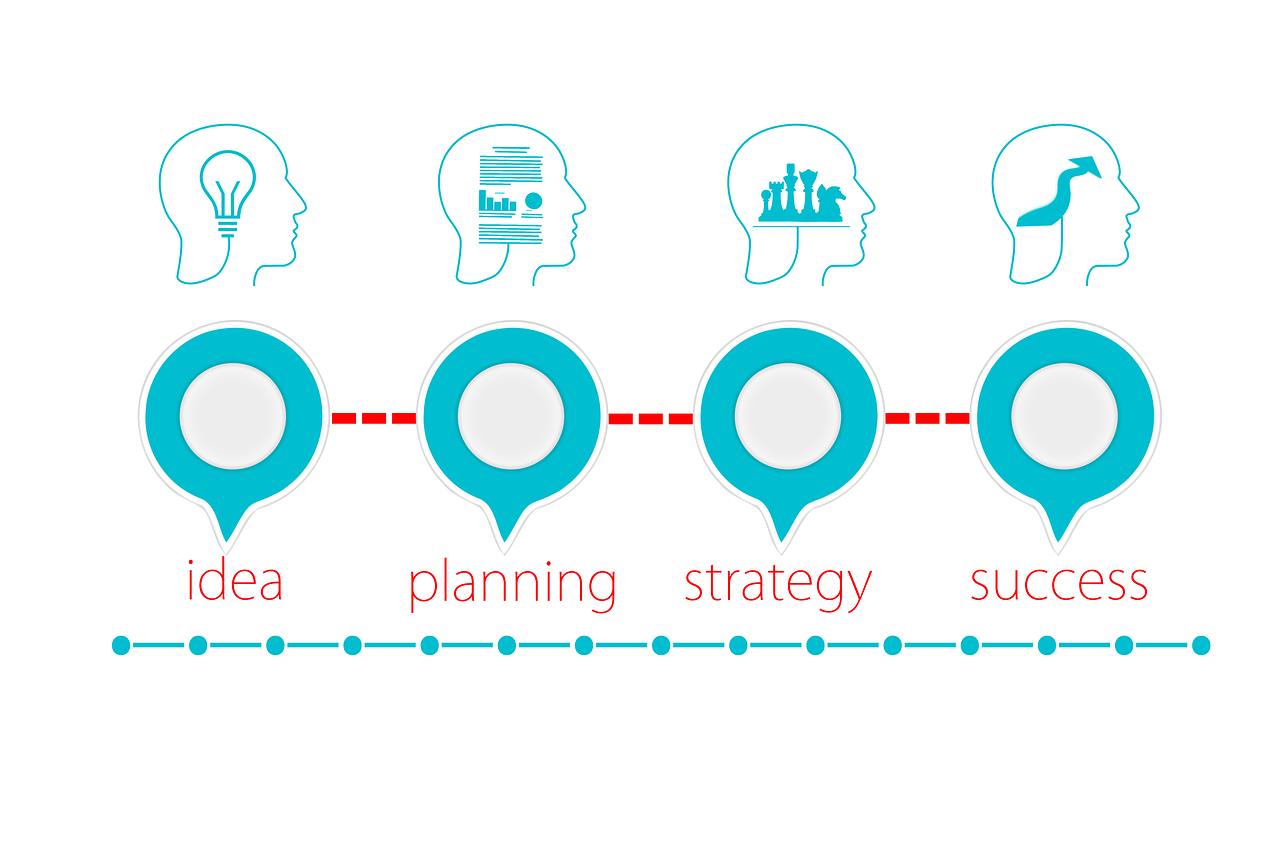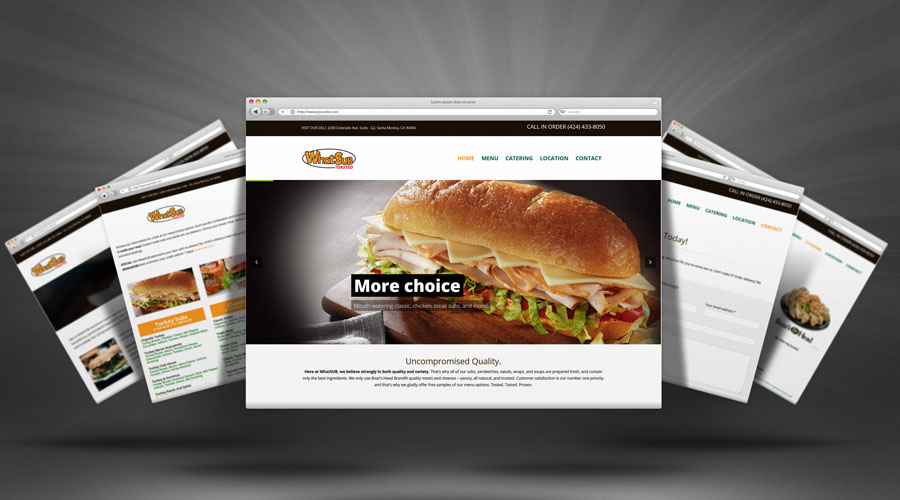
Building a successful website involves incorporating various best practices to enhance user experience, improve functionality, and achieve your business goals. Here are some common best practices for creating a successful website:
- Define Clear Goals:
- Clearly define the purpose of your website and its goals. Whether it’s to sell products, generate leads, or provide information, a clear goal guides your design and content decisions.
- Understand Your Target Audience:
- Identify your target audience and tailor your website’s design, content, and functionality to meet their needs and preferences.
- Responsive Design:
- Ensure your website is mobile-friendly and adapts seamlessly to different devices and screen sizes. Responsive design is crucial for providing a positive user experience.
- Intuitive Navigation:
- Design an intuitive and easily navigable menu structure. Users should be able to find information quickly and effortlessly.
- Clear Calls-to-Action (CTAs):
- Use clear and compelling CTAs to guide visitors toward desired actions, such as making a purchase, filling out a form, or subscribing to a newsletter.
- Optimized Page Speed:
- Optimize your website’s loading speed to improve user experience. Compress images, minimize code, and utilize browser caching for faster load times.
- Quality Content:
- Create high-quality, relevant, and engaging content. Regularly update your content to keep it fresh and informative.
- SEO Best Practices:
- Implement SEO best practices, including keyword optimization, proper use of meta tags, and creating search-engine-friendly URLs. This helps improve your website’s visibility in search engine results.
- Security Measures:
- Prioritize website security by using HTTPS, keeping software and plugins updated, and implementing security protocols to protect user data.
- Consistent Branding:
- Maintain consistent branding elements, including colors, logos, and messaging, across your website. Consistency builds brand recognition and trust.
- User Feedback and Testing:
- Gather user feedback through surveys, analytics, and usability testing. Use this information to identify areas for improvement and refine your website over time.
- Social Media Integration:
- Integrate social media buttons and shareable content to encourage user engagement and extend your reach.
- Analytics Integration:
- Implement website analytics tools, such as Google Analytics, to track visitor behavior, analyze data, and make data-driven decisions.
- Optimized Images and Multimedia:
- Compress and optimize images to improve loading times without compromising quality. Use multimedia strategically to enhance user engagement.
- Accessibility:
- Ensure your website is accessible to all users, including those with disabilities. Follow web content accessibility guidelines (WCAG) to make your site more inclusive.
- Regular Updates:
- Keep your website content, software, and plugins up-to-date to ensure security, functionality, and compatibility with the latest web standards.
- Contact Information and Support:
- Clearly display contact information, including a physical address, email, and phone number. Provide customer support options and respond promptly to inquiries.
By following these best practices, you can create a website that not only meets the needs of your target audience but also aligns with your business objectives. Regularly assess your website’s performance, gather user feedback, and adapt to changing trends to maintain its success over time.
Our Services

































